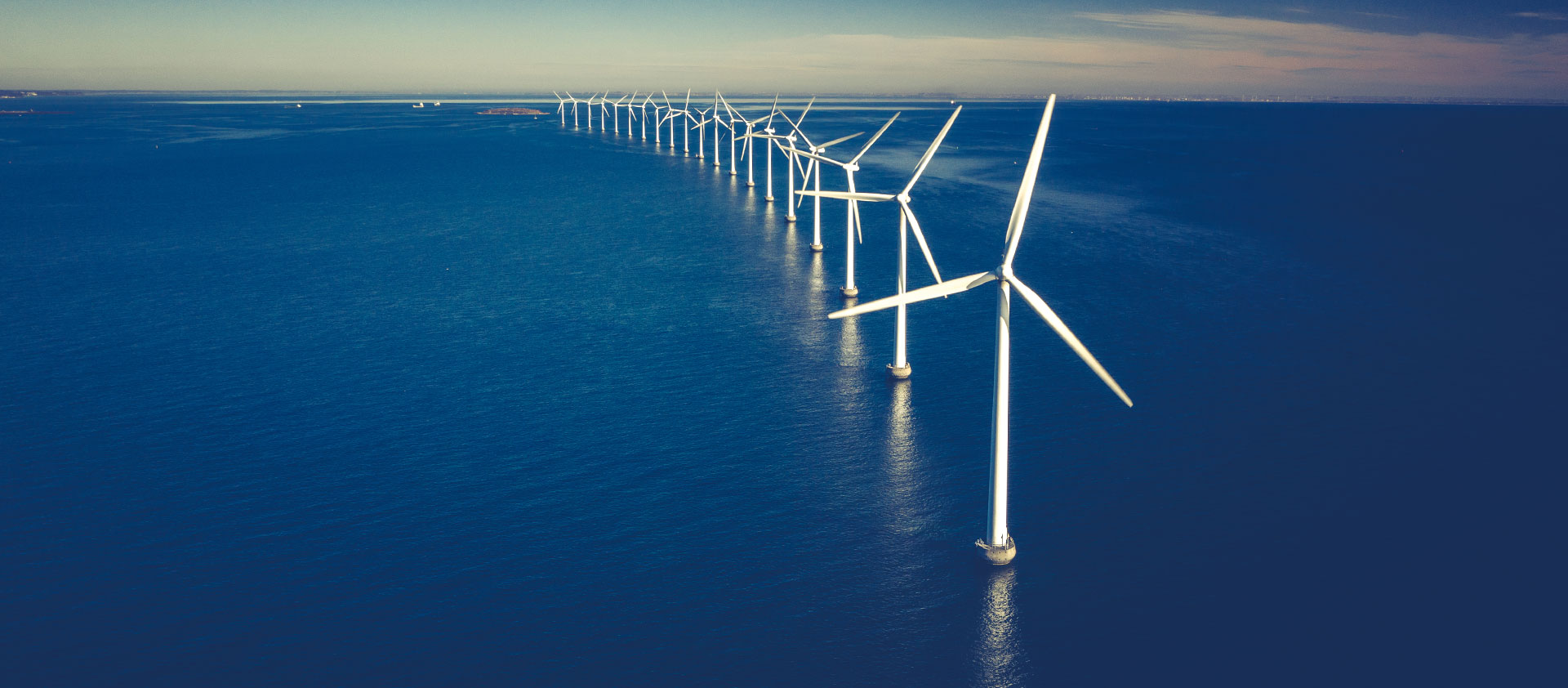Hydrogen
AER AGL Aluminium Batteries Battery Budget BYD CATL CBAM China Coal Critical minerals Decarbonisation DMO Election Electric Vehicle Electricity/electrification Energy crisis Federal Election Finance Sector & Emissions gas Green Iron/Steel Hydrogen India & Adani Nuclear offshore wind Oil OP EDS Peter Dutton Podcasts Renewables Solar Tariff Taxes and subsidies US IRA/EU NZIA et al Wind
Green iron fund will lay foundations for Australia to become renewable energy superpower
Renew Economy
RADIO INTERVIEW | Tim Buckley on Illawarra Breakfast
ABC Illawarra
“Lost confidence:” Government takes control of Whyalla steel works, as hydrogen plan hangs in balance
Renew Economy
While the US stifles the green transition at home, nimble Aus incentivises wind turbines, solar panels, electric vehicles – and communities
Fifth Estate
Green steel needs incentives to work and Japan has a plan
Reuters
Rio Tinto sacks 40 employees from West Angelas near Newman, in Western Australia’s Pilbara region
News Corp papers
Energy & Resources Knowledge Hub | Australia’s iron ore future hinges on green transition, report warns
___
Green iron export bonanza: invest or look like ‘morons’
Canberra Times
Australia may lose $45 bln amid green steel rush, report says
Reuters
Investment in firmed renewables a key to securing domestic green iron production
PV Magazine
Mining.com | Australia may lose $45 billion amid green steel rush, report says
___
Australia risks losing iron ore market share without shift to green iron production – report
Australian Manufacturing
